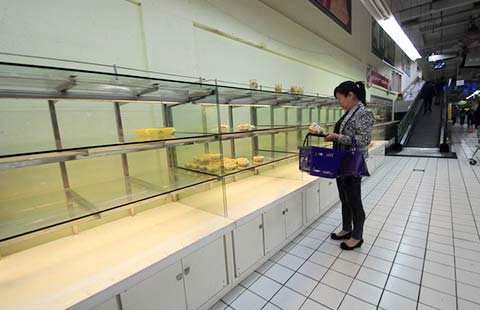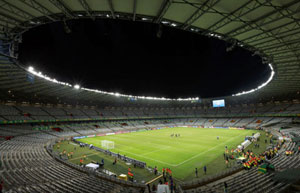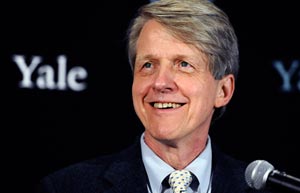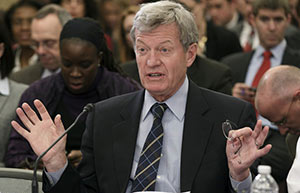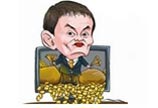Move to cool hot money
By Zhou Junsheng (China Daily) Updated: 2014-03-20 07:42Wider range for yuan's fluctuation against the US dollar will deter destabilizing speculation in exchange market
From Monday, the yuan's exchange rate fluctuation against the US dollar was expanded from 1 percent to 2 percent above or below the daily midpoint the central bank sets in the interbank spot foreign exchange market.
This will enhance the floating flexibility of the yuan and improve the efficiency of capital allocation, facilitating economic restructuring and strengthening the role of the market in allocating resources, and will not lead to a sharp depreciation, because of the improving balance of payments and foreign exchange deposits, China's central bank said.
The move is the third time the People's Bank of China has acted to widen the yuan's daily trading range since 2005, when China launched reform of the currency's exchange rate regime.
To change the one-way appreciation momentum the yuan had maintained since 2005, the central bank decided on May 21, 2007 to expand the range of its daily fluctuations against the dollar from 0.3 percent to 0.5 percent in the interbank spot foreign exchange market. However, such a slight range adjustment failed to change the yuan's one-way appreciation trend. On April 16, 2012, the central bank decided to widen the range once again to 1 percent. The yuan generally maintained a rising trend in its value for more than one year following the move, but its two-way fluctuations within the allowed range also became more obvious.
The yuan had already changed its one-way appreciation and showed signs of considerable depreciation in the months prior to the central bank's announcement. Especially since the start of this year, the yuan's middle rate against the dollar had fallen by a total of 356 basis points, or 0.58 percent. In the spot foreign exchange market, which usually reflects market tendency more accurately, the yuan has depreciated by 1.65 percent over the past months. The recent sizeable depreciation of the currency is in sharp contrast with a rise of more than 3 percent in its value in 2013. It is hoped the bigger and more frequent exchange rate fluctuations within the new range will stop speculators betting on a one-way appreciation of the yuan.
It should come as no surprise that China's central bank could be intervening in a bid to fend off profiteering "hot money". The yuan's long-time one-way appreciation has created an ideal and no-risk destination for speculation, and China's monetary authorities should not have waited nearly nine years before forcibly intervening to stop the yuan's one-way appreciation, as the endless multi-channel inflow of overseas speculative capital in recent years has had a negative effect on the normal operation of China's economy.
|
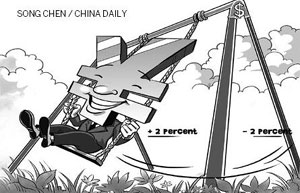 |
 |
- NHTSA says finds no 'defect trend' in Tesla Model S sedans
- WTO rare earth ruling is unfair
- Amway says 2014 China sales may grow 8%
- President Xi in Europe: Forging deals, boosting business
- CNOOC releases 2013 sustainability report
- Local production by Chery Jaguar Land Rover this year
- Car lovers test their need for speed in BMW Mission 3
- China stocks close mixed Monday
